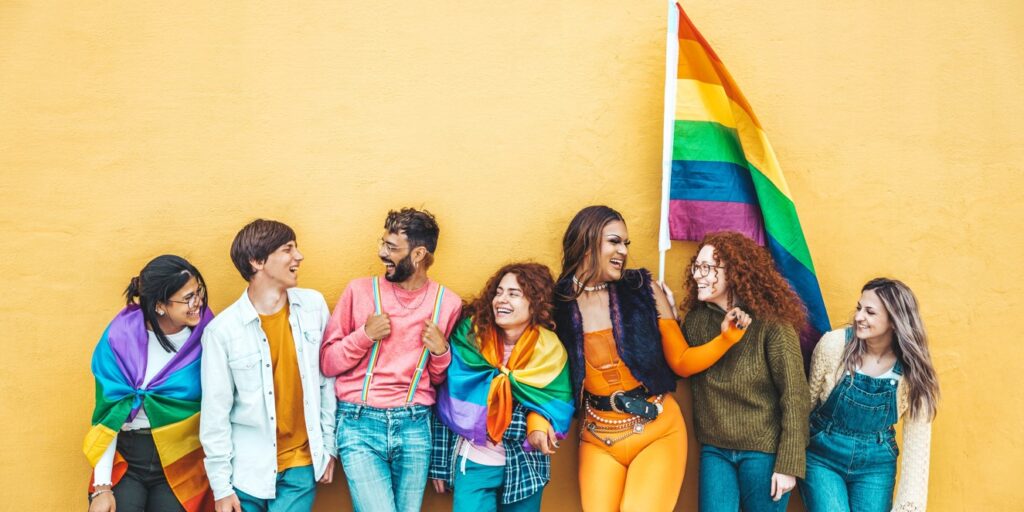LGBTQ+ customers are 11% less likely to have individual protection than their heterosexual counterparts.
This is according to Pacific Life Re’s Beneath the Surface report which surveyed 2,000 adults.
The report found while LGBTQ+ customers had the same level of protection ownership as the rest of the sample group (59%), when looking at individual protection only, there was a disparity with LGBTQ+ customers 11% less likely to have individual protection than those identifying as heterosexual.
The report suggests this inconsistency between group and individual reach may be indicative of the underlying sales and underwriting practices adopted by these channels.
While with group protection, employees are likely to be auto-enrolled into schemes with no underwriting under the free-cover limit, the report says contributing factors influencing an LGBTQ+ customer’s decision to purchase may include:
- being wary of engaging with individual products which have been slow to adopt inclusive language,
- being put off by intrusive and personal questions, or
- belief there is a bias in insurance against those living with HIV.
As an example, the report identifies that common underwriting journeys have previously asked the following series of questions:
- In which of the following sexual groups would you place yourself?
a. Heterosexual b. Homosexual c. Bisexual - Have you ever belonged to either of the sexual groups not selected in the first question?
- Are you now, or have you ever been, a sexual partner of anyone in the following categories?
a. Homosexual b. Bisexual c. Intravenous drug user d. Haemophiliac
Given the intensity of the stigma portrayed by these historical questions, the reports says it is no surprise that the negative impression of insurance has outlasted the actual underwriting practice.
It notes that while, in general, underwriting journeys were corrected over a decade ago, more can be done as an industry to ensure all applicants feel comfortable and represented.
The report concludes this is an area that needs further research to fully understand how the protection reach can be extended in this community.
The report also found 37% of adults surveyed had a protection shortfall, amounting to around £60k on average and more than one in five existing protection customers had a shortfall.
While women were found to be 8% less likely to have protection cover than men, the report also identified large variances in protection reach by ethnic group.
Customers with Asian heritage had a better protection reach, they were 25% more likely to have insufficient cover, with an average shortfall of £69k.
By contrast, customers of a black ethnic group had a worse protection reach, but were 25% less likely to have a protection shortfall.
